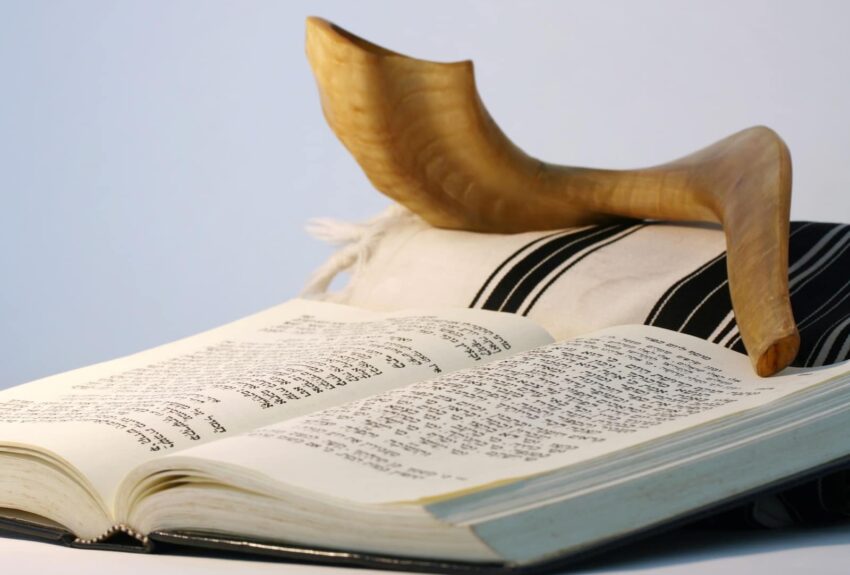Each fall brings the High Holy Days of the Jewish faith, Rosh Hashanah and Yom Kippur, but these days of celebration and reflection have been marred in recent years by a disturbing rise in antisemitism across the United States.
According to the Pew Research Center, there were approximately 7.5 million Jews living in the U.S. in 2020. Their research found that concerns about antisemitism have risen, with over half of all Jewish people in the United States indicating that they feel less safe than they did five years ago. Unfortunately, data from the Anti-Defamation League (ADL) seems to support these feelings. Antisemitic incidents in the United States rose to 2,717 in 2021, the highest number since the ADL began tracking such incidents in 1979.
Some of the most powerful tools for combating any type of hate are exposure and education. Based on a survey by the American Jewish Committee, 36% of Americans do not know someone who is Jewish. By engaging with the Jewish community, non-Jewish people are significantly more likely to view antisemitism as problematic. Similarly, the importance of education cannot be overstated. A better understanding of Judaism can promote inclusion, leading to a reduction of antisemitic incidents.
To that end, today we highlight the High Holy days of Rosh Hashanah and Yom Kippur, considered the two most important holidays of the year in the Jewish faith. This year Rosh Hashanah is celebrated beginning at sunset on Sept. 25 and ending at nightfall on Sept. 27. Yom Kippur is observed beginning at sunset on Oct. 4and ending at nightfall on Oct. 5. As shared by the American Jewish World Service,
“On Rosh Hashanah and Yom Kippur, the sound of the shofar awakens us, moving us to renewing our conviction to make the world a better place. “
Rosh Hashanah, meaning ‘head of the year,’ celebrates the Jewish New Year and begins on the first day of the seventh month in the Hebrew calendar. It is a celebration of the creation of the world and the first human beings, according to the Jewish faith. The origins of Rosh Hashana are traced to the start of the economic year in the ancient, agriculturally dependent societies of the Middle East and Northern Africa.
Yom Kippur, or ‘Day of Atonement,’ is the holiest day of the year in Judaism. Its central themes are atonement and repentance. People of Jewish faith traditionally observe this holy day with a day-long fast, confession and intensive prayer, often spending most of the day in synagogue services.
To learn more about Rosh Hashanah and Yom Kippur, please visit: The High Holidays – Rosh Hashanah and Yom Kippur – Yamim Nora’im (Days of Awe) or High Holy Days (chabad.org)
To learn more about taking action against antisemitism, please visit: How to respond to antisemitism | AJC


 Previous Post
Previous Post


